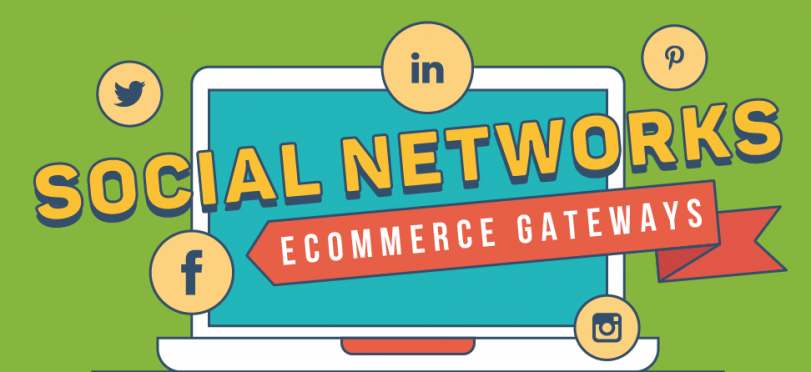The Basics of Social Commerce

An insightful blog written by 16best.net, which analyses the basics of social commerce.
In the last decade, there have been a huge number of social media platforms which have now taken over our daily lives. These networks reach a huge audience and have a worldwide reach. They are like no other form of communication ever seen before and are truly revolutionary.
 Now, it is more important than ever to the ecommerce industry to collaborate with social media platforms to meet consumer demand.
Now, it is more important than ever to the ecommerce industry to collaborate with social media platforms to meet consumer demand.
Thanks to social commerce, your friends and even people you do not know can now become your brand’s customers on any social media platform, and shop through your catalog of goods without visiting your website at all. This is why social media is so valuable to ecommerce: consumers always want the next best and easiest thing and social commerce ticks these boxes.
If you promote your website on social media, you are able to turn people from all over the world into paying customers plus, with the use of discount codes, you can push your customers to spread the word about your brand on their social media accounts, increasing your brand’s exposure.
The ability for customers to purchase your product whilst sitting on Facebook or Instagram is what has widely come to be known as social commerce.
But these are very basic social commerce strategies. Take Nike for example, the blog written by 16best.net that highlights the mesmerising popularity of its social pages, and notes that it is well worth considering an active, friendly and responsive social media presence as it can evidently bring home incredible loyalty. Even if you don’t have insane amount of resources to allocate to strong social media presence, posting strategically and engaging fully with your followers is bound to be beneficial for your business.
Thanks to technology which is constantly evolving and because of our increased dependence on smartphones and social apps, the huge world of ecommerce has been changing a lot over the years and is now more social than ever.
Today, approximately three out of every four shoppers rely on social media to guide and influence their purchasing decisions. As a result of this, it is glaringly obvious that sellers and brands need to have a presence on whichever social media platforms their target market uses, instead of trying to draw people into their website.
Check out the infographic made by 16best.net which highlights the social networks and their important in eCommerce Gateways in 2018, click here.


